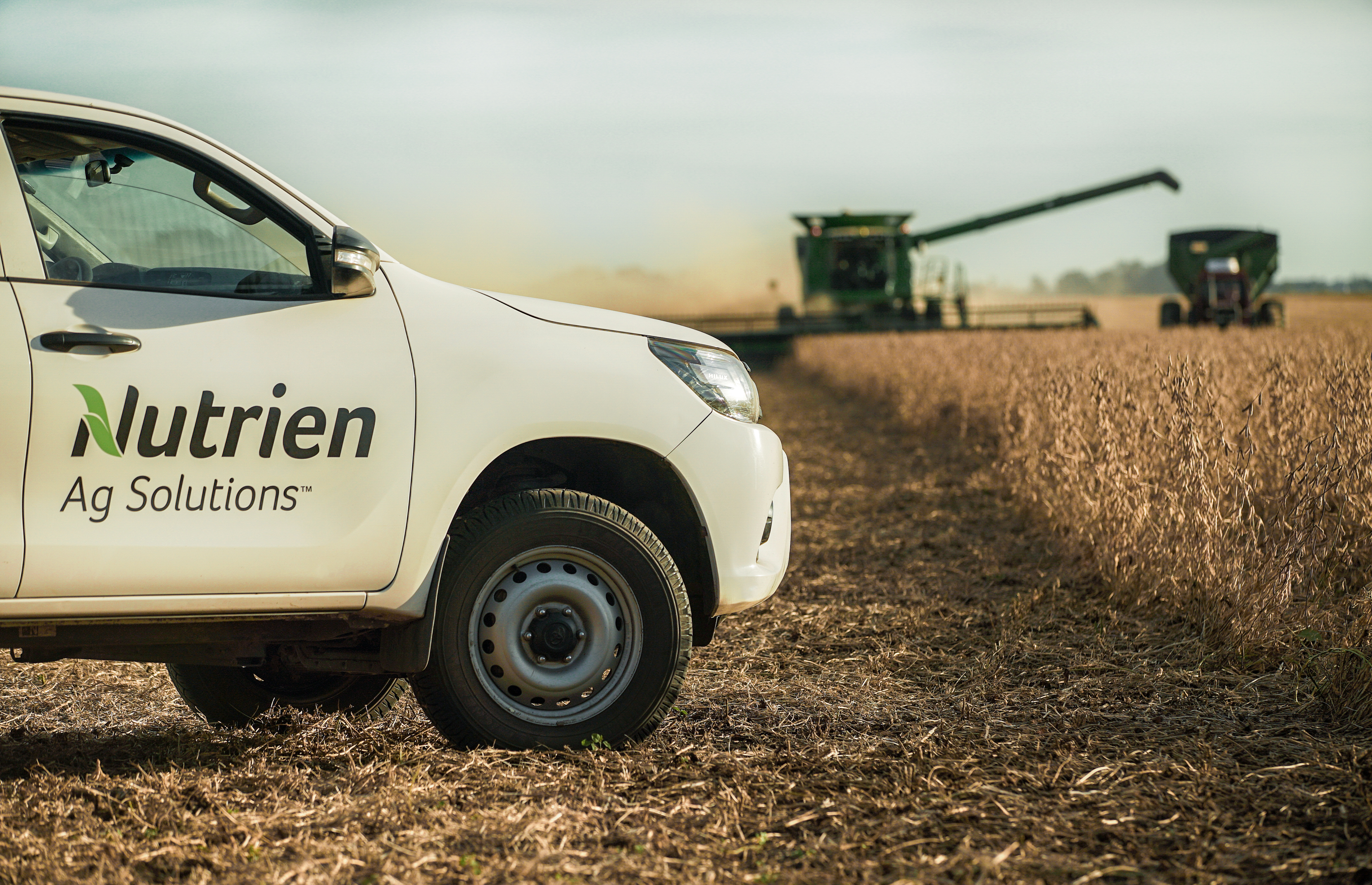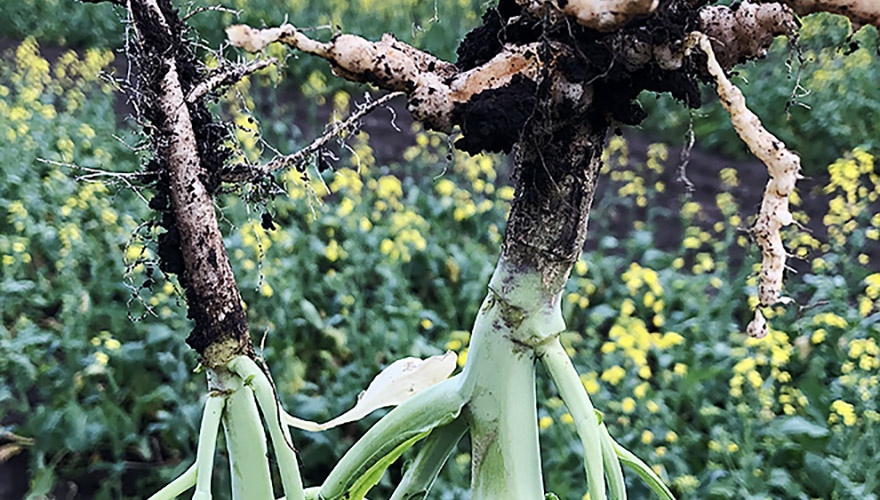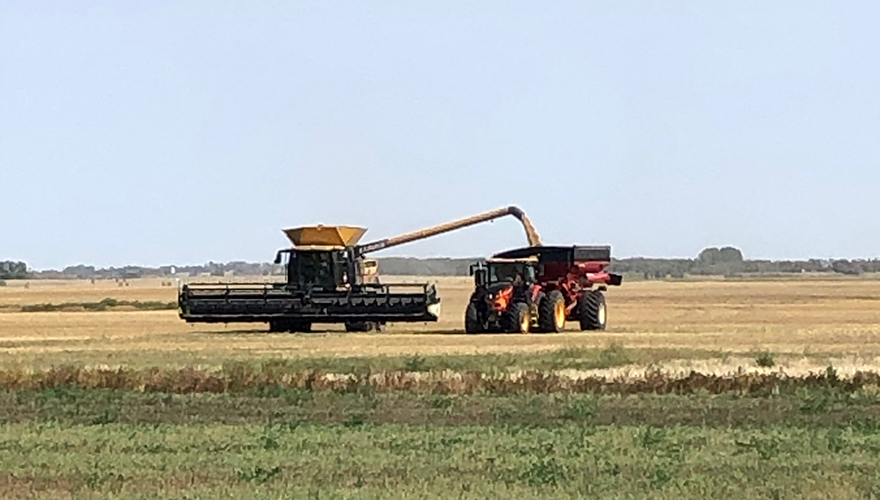Posted September 10, 2019 | By: Twyla Jones
POST-HARVEST HERBICIDE APPLICATIONS HELP NEXT YEAR'S CROP GET OFF TO A BETTER START
Weeds have always been one of the biggest yield robbers for farmers. Any time growers can reduce weed pressure prior to putting a crop in the ground, they’re ahead of the game — and it’s why my husband and I are planning to spray some of the fields on our farm with herbicides once the crops are harvested.
The past few years delayed harvests have reduced the application window on many farms, and this year a similar pattern is evolving. Snowfall and light frosts can actually enhance the effectiveness of post-harvest applications if daytime temperatures rise above 10 degrees for a few days. We are hoping conditions will be right to finish harvest and possibly for post-harvest herbicide applications. These applications can often be made in between harvest when the weather cooperates.
Spraying fields post-harvest can target weeds missed by in-season and pre-harvest applications. It’s also another opportunity for perennial weed and dandelion control, which is most effective in the fall. Late fall applications with residual herbicides can help reduce spring workload and ensure early weed removal.
For those opting to a do a post-harvest herbicide application, there are a few things to keep in mind when choosing products to put in the tank.
Determining which herbicides to use for each field will depend on the kind of weeds you want to target. When combining or swathing your crops, this is a great opportunity to assess what kind of weed pressure is present. It could be perennials or winter annuals, or possibly resistance issues that you’re seeing, and each situation should be approached differently when planning which herbicides to use.
In my role, I ask farmers what their weed concerns are for a particular field. Is it suspected herbicide-resistant weeds? Are there winter annual issues or problems with perennials? Next is looking at the crop rotation. Often a multi-year integrated approach to reducing weed pressure is required, with post-harvest applications being part of the solution. These are the kinds of questions we need to ask so the herbicide strategy for each field can be customized accordingly.
When it comes to managing weed resistance, post-harvest applications can help kill weeds missed in-crop, such as Group 2-resistant cleavers. Also, it is a great time to apply pre-emergents for next year’s crop. Layering of herbicides has been shown to be the most effective herbicide tool for resistance management, and late fall applications of these products can help eliminate the need for post-application rainfall activation as snowmelt can serve that purpose in addition to reducing spring workloads.
Post-harvest applications for perennial weed control need careful assessment to maximize results. A combination of regrowth and frost-free days is required. For Canada thistle, look for three to four new leaves. If possible, a couple days without frost prior to application and daytime temperatures in excess of 10 C are best.
Once frosts start to dip below -5 C, the effectiveness for Canada thistle control diminishes — winter annuals and perennial grasses can withstand slightly harder frosts. Winter annuals are easily controlled with a tank mix of glyphosate and a phenoxy or Group 2 product. Applications of straight glyphosate should be avoided for resistance management.
Some herbicides applied post-harvest can have residual effects that can carry into spring, so growers need to be aware that the product selections they make in the fall could limit next year’s crop choices. Consulting their crop advisors can help farmers ensure that their herbicide choices and crop rotation plans are always in sync, maximizing the effectiveness of post-harvest weed control.
FEATURED LINKS
NEWSLETTER
Want to stay caught up in all things agriculture? Sign up for the newsletter and get all the latest news straight to your inbox.
Managing After A Fall Frost On Canola
Posted September 11, 2019





